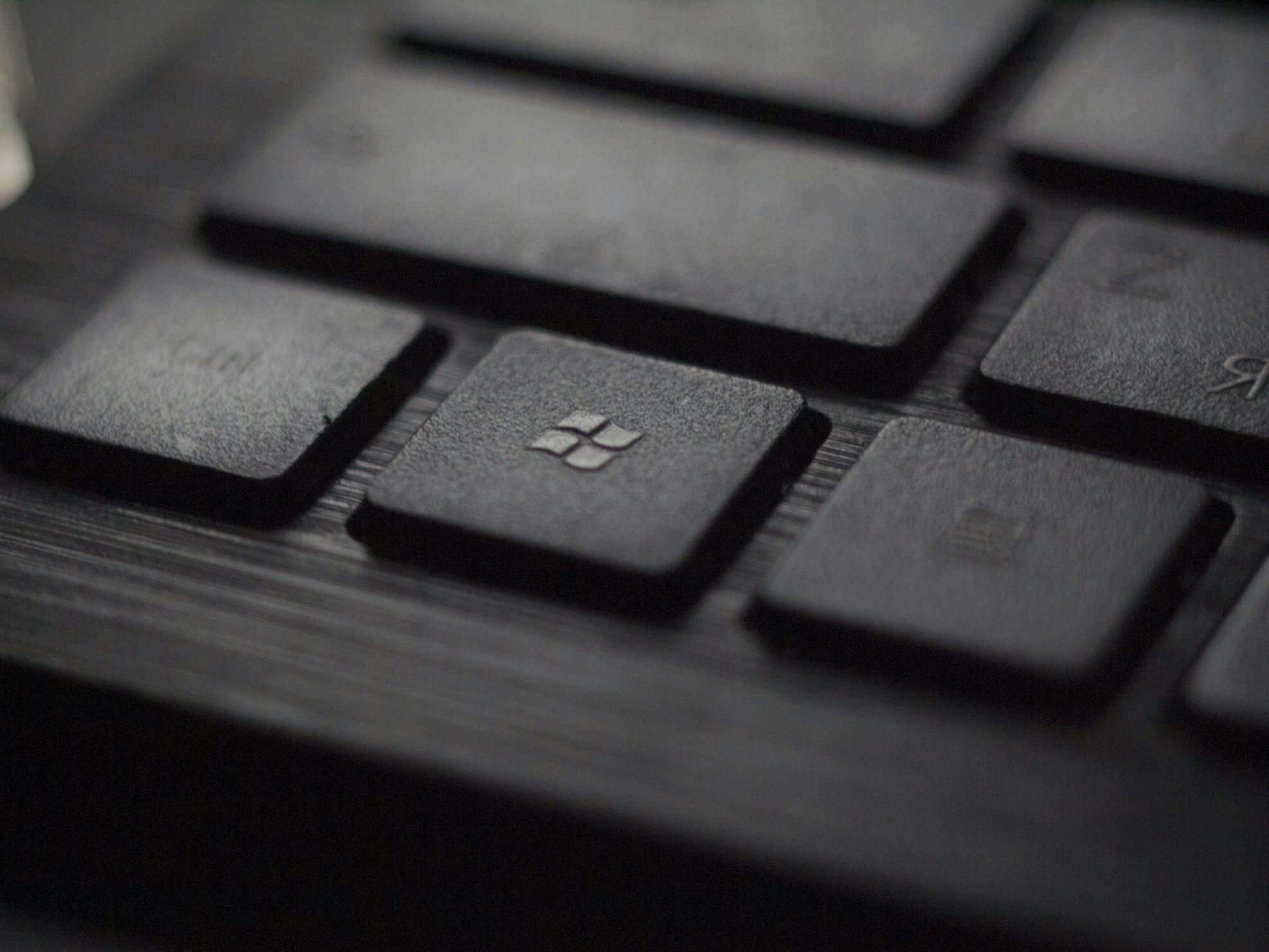Is your Windows Update stuck at 100%, leaving you frustrated and wondering how to resolve this issue? You’re not alone! Many Windows users encounter this problem, and we understand how important it is to get your updates installed and your system running smoothly. In this comprehensive guide, we will walk you How To Fix Windows Update Stuck at 100%.
- How to Fix System32 Folder Keeps Popping Up At Startup in Windows 11 – The Panther Tech
- Remo Recover Windows Review – Data Recovery Made Simple – The Panther Tech
- How to Custom Install Linux Pop OS with Windows – A Step-by-Step Guide! – The Panther Tech
- How To Fix Windows Factory Reset Stuck – The Panther Tech

How To Fix Windows Update Stuck at 100%
Check Your Internet Connection
Before diving into complex solutions, let’s start with the basics. A stable internet connection is crucial for Windows Update to work smoothly. Ensure that you are connected to the internet and that your connection is not intermittent. Sometimes, a simple network hiccup can cause update issues.
Restart Your Computer
Restarting your computer can often resolve update problems. It clears temporary files and resets various system components. To do this:
- Click on the Windows Start button.
- Select “Restart” from the power options.
Once your computer restarts, check if the Windows Update is still stuck at 100%.
Run Windows Update Troubleshooter
Microsoft offers a built-in tool called Windows Update Troubleshooter, designed to identify and fix common update issues. Here’s how to use it:
- Type “Troubleshoot” in the Windows search bar and select “Troubleshoot settings.”
- Scroll down and find “Windows Update” under “Get up and running.” Click on it.
- Click “Run the troubleshooter” and follow the on-screen instructions.
The troubleshooter will attempt to identify and resolve any problems with Windows Update.
Clear Windows Update Cache
Sometimes, corrupted cache files can cause update problems. Clearing the Windows Update cache can often fix these issues. To do this:
- Press the Windows key + R to open the Run dialog box.
- Type “services.msc” and press Enter.
- In the Services window, scroll down and find “Windows Update.”
- Right-click on it and select “Stop.”
- Minimize the Services window and open File Explorer.
- Navigate to “C:\Windows\SoftwareDistribution.”
- Delete all the files and folders inside the SoftwareDistribution folder.
- Go back to the Services window, right-click on “Windows Update,” and select “Start.”
Try running Windows Update again to see if the issue is resolved.
Use the Windows Update Catalog
If the problem persists, you can manually download and install the update from the Microsoft Update Catalog. Here’s how:
- Visit the Microsoft Update Catalog website (search for it online).
- Enter the update number you need (you can find this in the Windows Update history).
- Download the update that matches your system architecture (32-bit or 64-bit).
- Run the downloaded file and follow the installation instructions.
Disable Third-Party Antivirus Software
Sometimes, third-party antivirus software can interfere with Windows Update. Temporarily disabling it can help you determine if this is the issue. Remember to re-enable your antivirus after completing the update.
Perform a System Restore
If none of the above methods work, you can try performing a system restore to a point where your Windows Update was functioning correctly. This will undo recent changes to your system. To perform a system restore:
- Type “Create a restore point” in the Windows search bar and select it.
- Click the “System Restore” button.
- Follow the on-screen instructions to restore your system to a previous state.
Contact Microsoft Support
If all else fails, it’s time to reach out to Microsoft Support for assistance. They have a team of experts who can help you diagnose and resolve complex Windows Update issues.

Conclusion
Having your Windows Update stuck at 100% can be frustrating, but with the steps outlined in this guide, you can tackle the problem head-on and get your system back on track. Remember to follow each step carefully, and your computer will be up to date and running smoothly in no time.









